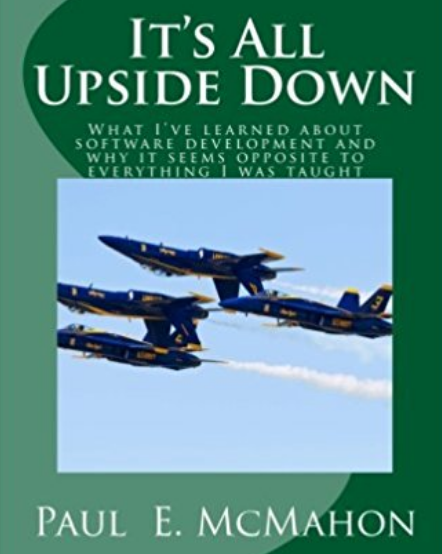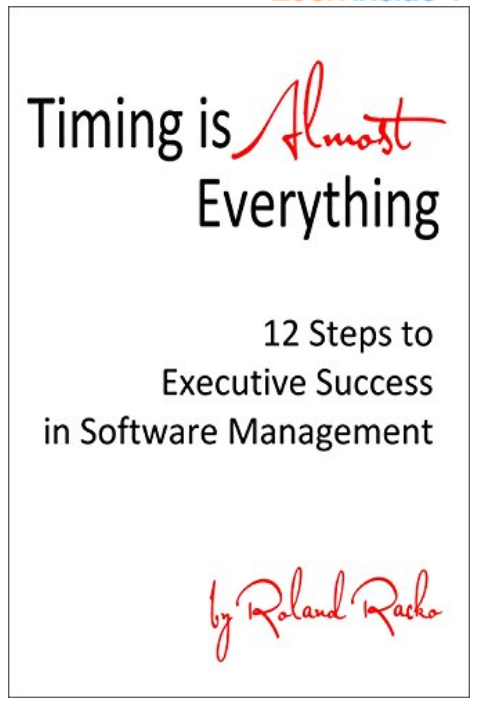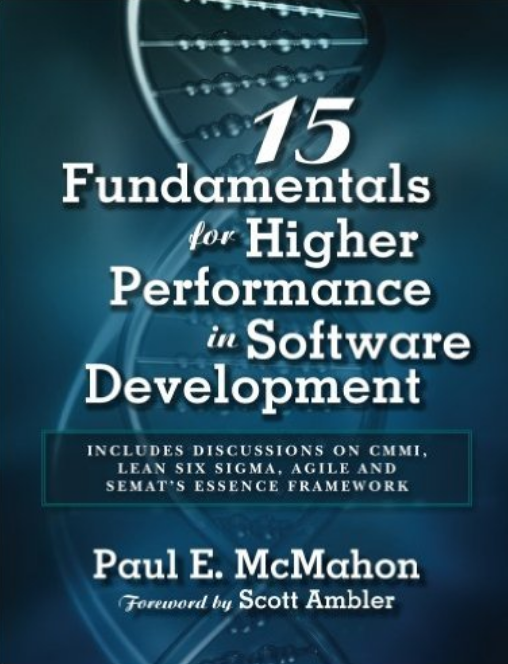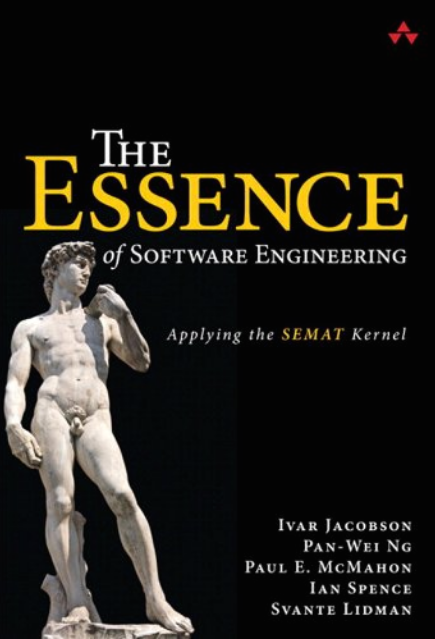23 Jul 2019
Books on Essence
The book The Essentials of Modern Software Engineering is out . . .
The authors of the book are happy to tell that the book which has been worked on for 4 years is finally ready for publication.
It took consciously some time which was needed to ensure to have proper reviews and also material accompanying the book to help teach and use the book in real. Before the copyediting work started 5 drafts were written which were reviewed by increasingly more and more university teachers, actually more than 50 teachers. More than a thousand comments were received which were all treated as error reports and responded to properly. Of course, not all were dramatic but some required extensive rework. Four professors have taught their software engineering one-semester course using the book and the training material that goes with it. All four have written reports of their findings which in summary says: In the future we will teach software engineering the Essence way and not how we traditionally have taught it.
Though the authors of the book are happy to get to this state with the book, it is very sad and tragic that friend and co-author Harold “Bud” Lawson passed away June 10, just a few weeks ago after almost a year fighting against his cancer. To honor his memory every effort is made to make this book a good one.
See also www.software-engineering-essentialized.com
Any comments are welcome!
Scientific paper
Extending the SEMAT Kernel with the TDD Practice
Author(s): Vladimir Savić and Ervin Varga
http://digital-library.theiet.org/content/journals/10.1049/iet-sen.2016.0305
Books on Essence
Info
 | It's All Upside Down: What I've learned about software development and why it seems opposite to everything I was taught |
| In this book true software development stories are provided that may challenge long held thinking. 26 upside down principles are hihghlighted along with upside down principle clarifying thoughts. At the end of each story one finds extended clarifying thoughts in the upside down principle summary sections. Also, 18 coaching tips are given that can help to get an organization "right side up" with respect to performance. | |
Info
 | Timing Is Almost Everything: 12 Steps to Executive Success in Software Management |
|
Roland Racko answers these questions (and many more) by explaining how "management by query" - a 12-step process during the software development process - subtly encourages positive team behavior. This book shows you, the non-technical executive, start-up founder or manager (someone having approval control over software development), a new way to corral the software development process in a manner that enhances the business value of the product and the project. | |
Info
 |
|
| Millions of dollars are spent annually on process improvement initiatives that too frequently fall short of their goals. Due at least in part to this situation, today many are turned off and have tuned out when it comes to the multitude of process and performance improvement approaches along with their related hype and buzzwords. Agile, CMMI, Kanban, Lean, Six Sigma, Lean Six Sigma, PSP, and TSP to name just a few. Drawing on decades of process improvement experience, author Paul E. McMahon explains why we are facing these problems and how you can get yourself and your organization back on track focused on the things that matter most to both your own personal performance and your organization's performance. This book is equally about personal and organizational performance. This book discusses many popular improvement approaches including the CMMI, Lean Six Sigma, and Agile Retrospectives; it highlights fifteen (15) fundamentals common to all successful improvement efforts where sustainable high value performance improvements are achieved; and it shares a vision (and an actual example that holds promise) of a simple “thinking framework” that can help counter the patterns that may be holding you and your organization back from the sustainable high performance you seek. | |
Info
 | The Essence of Software Engineering: Applying the SEMAT Kernel |
| SEMAT (Software Engineering Methods and Theory) is an international initiative designed to identify a common ground, or universal standard, for software engineering. It is supported by some of the most distinguished contributors to the field. Creating a simple language to describe methods and practices, the SEMAT team expresses this common ground as a kernel–or framework–of elements essential to all software development. | |
